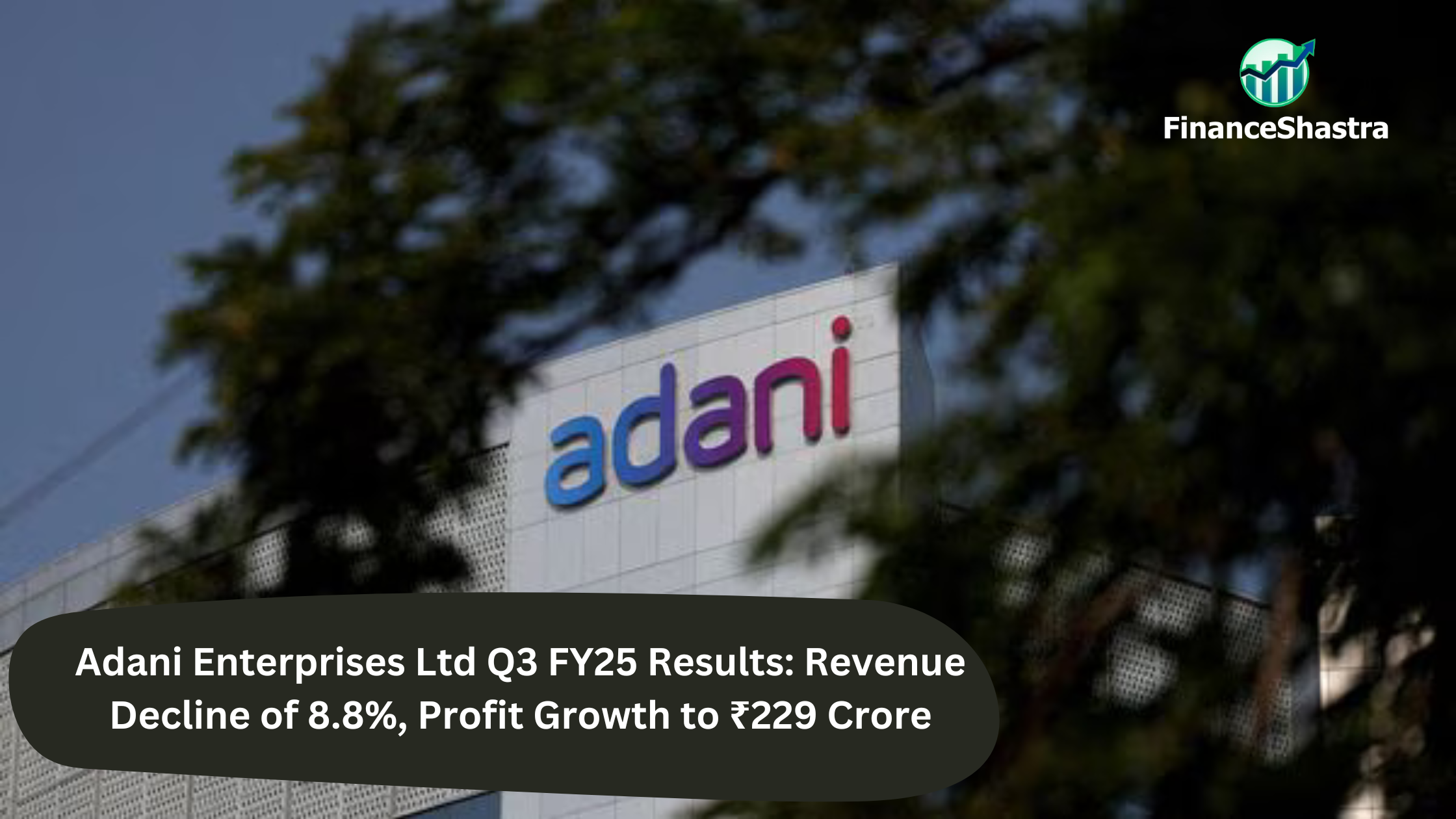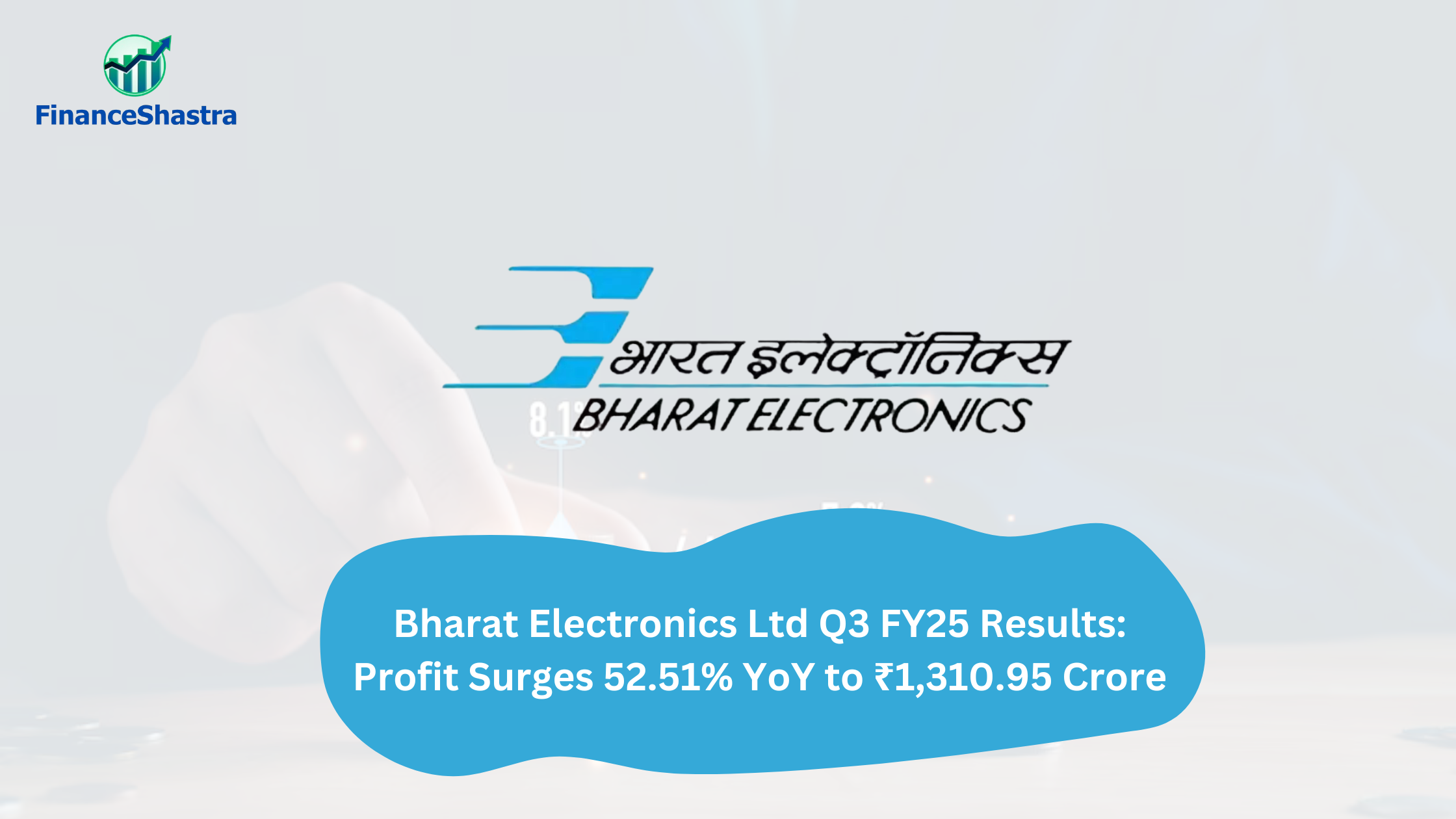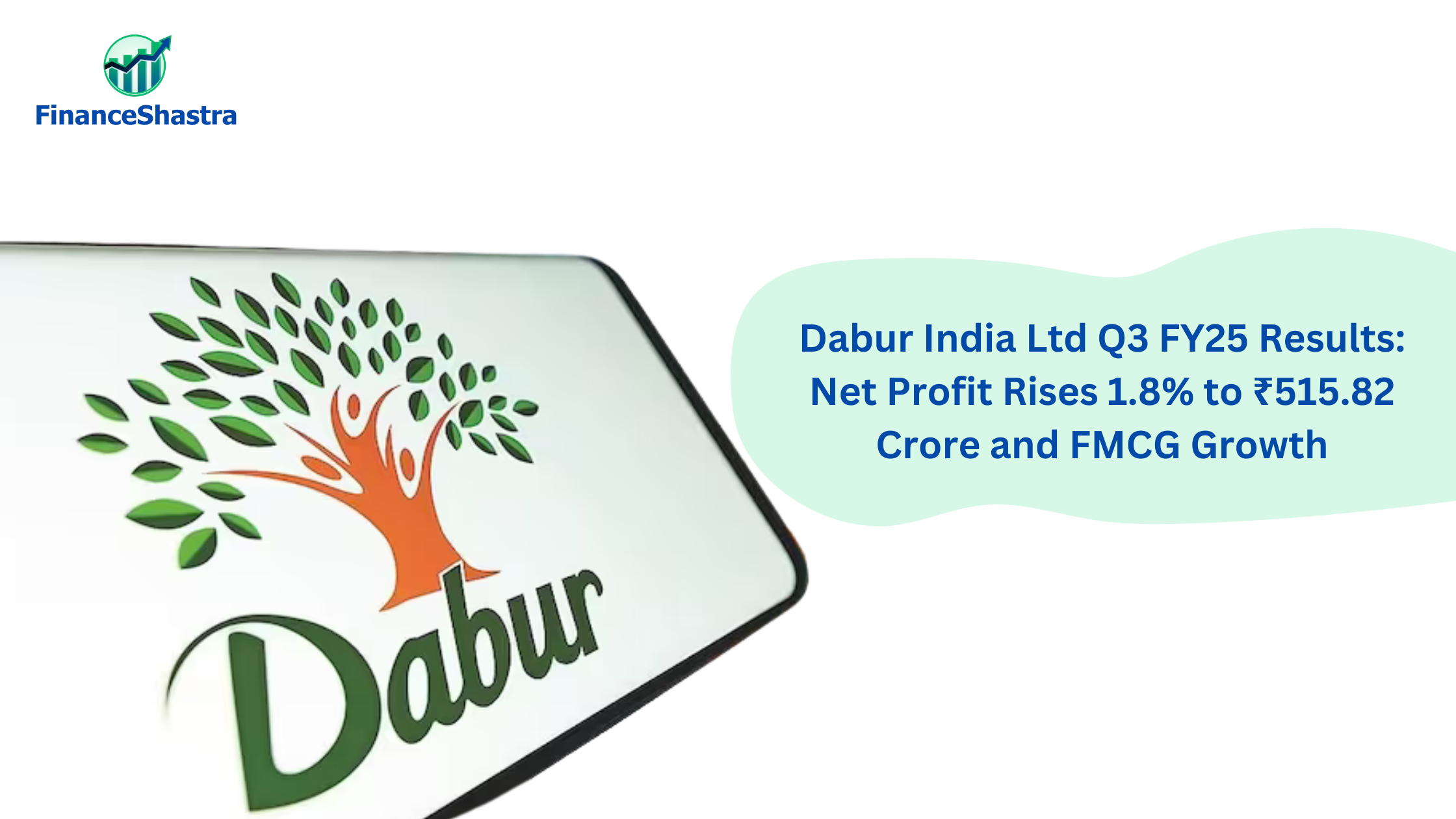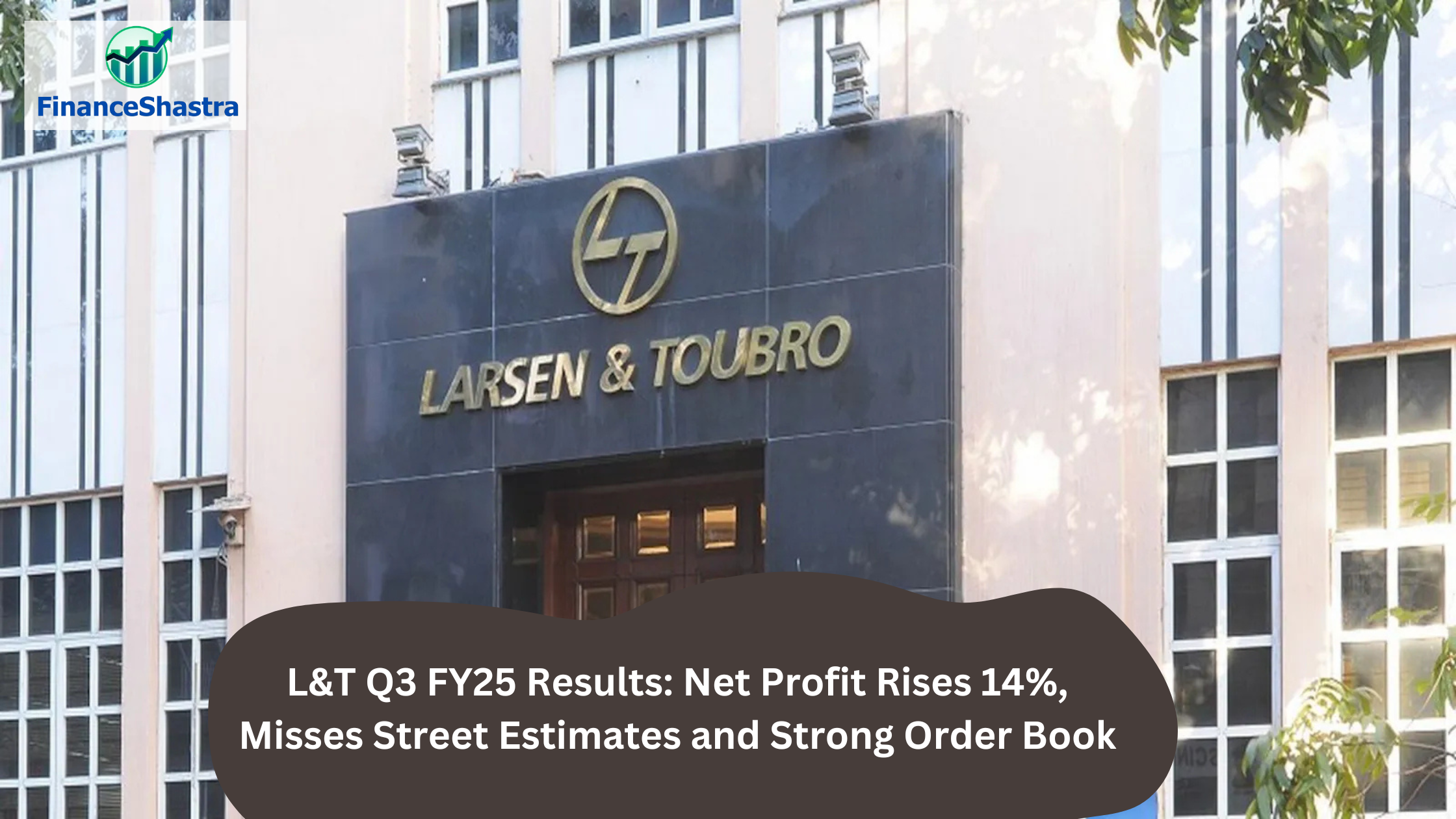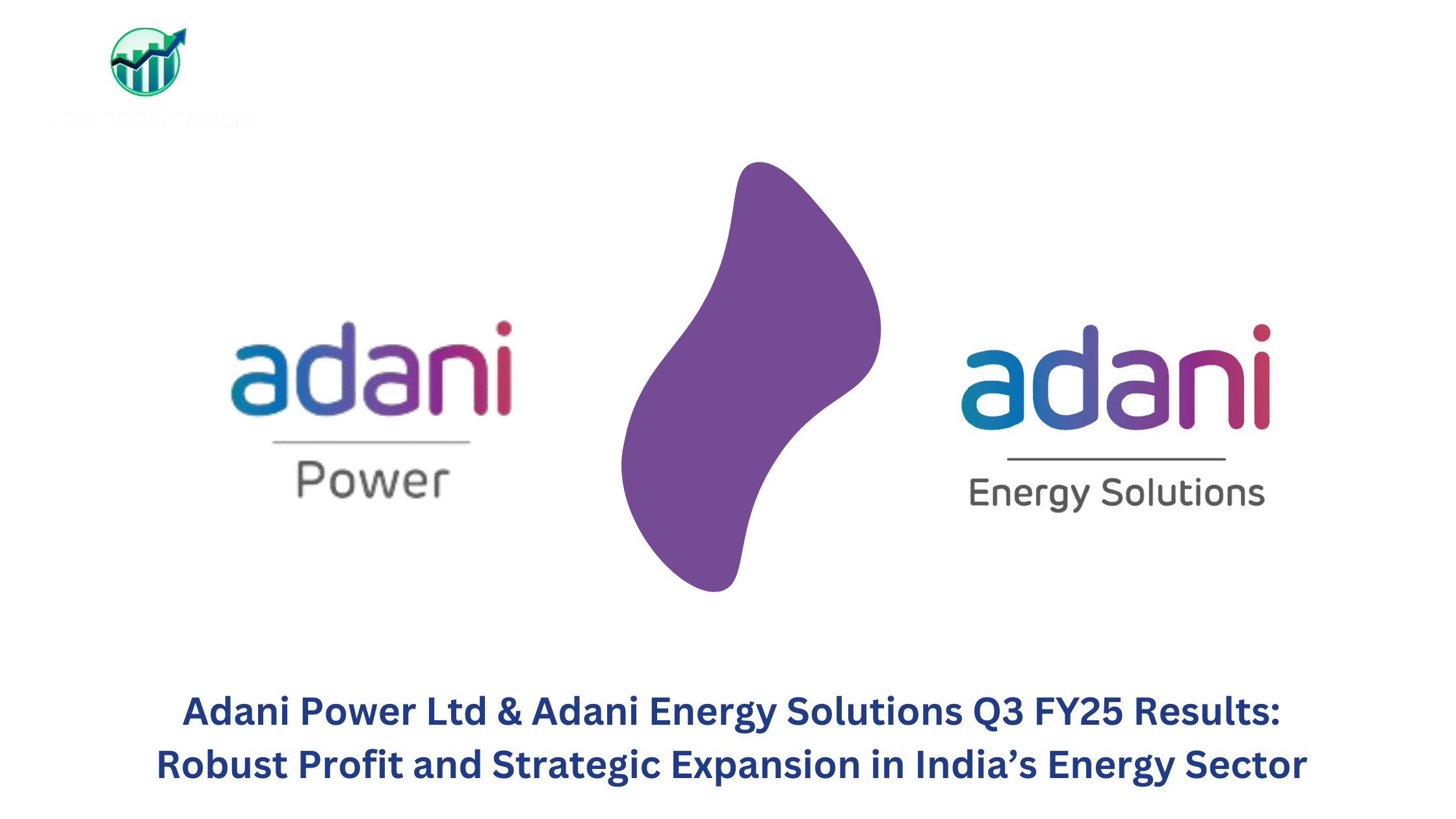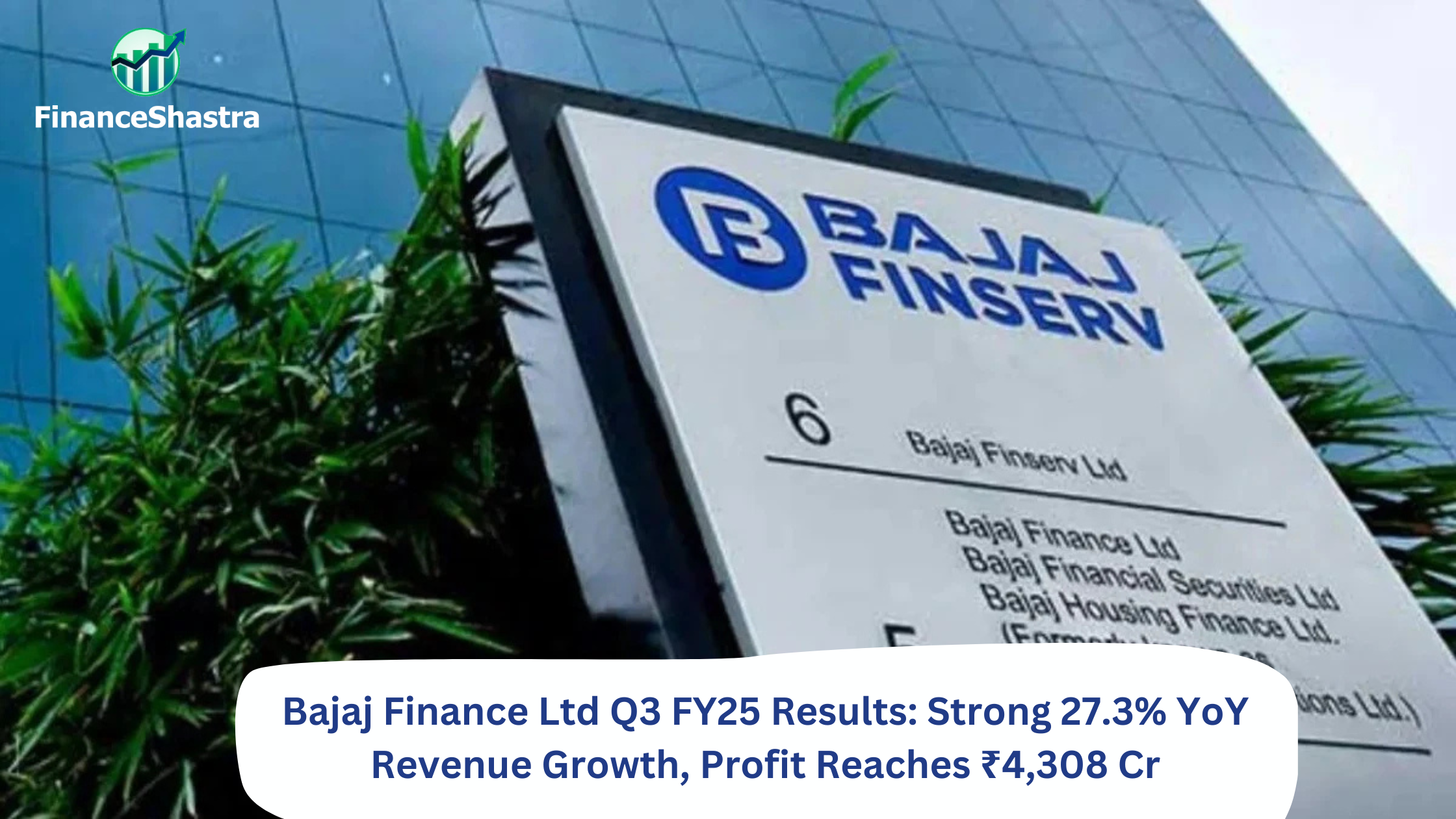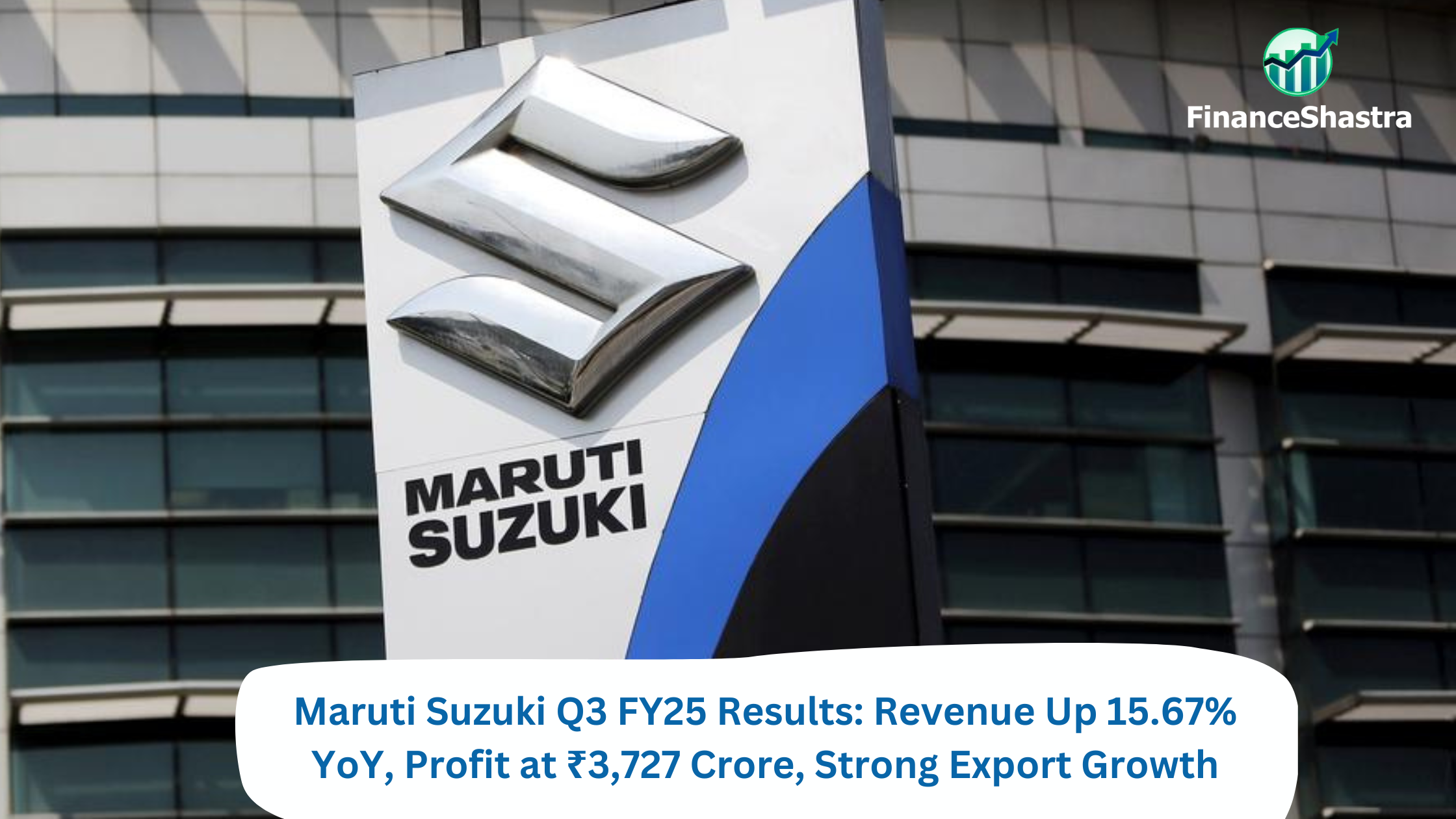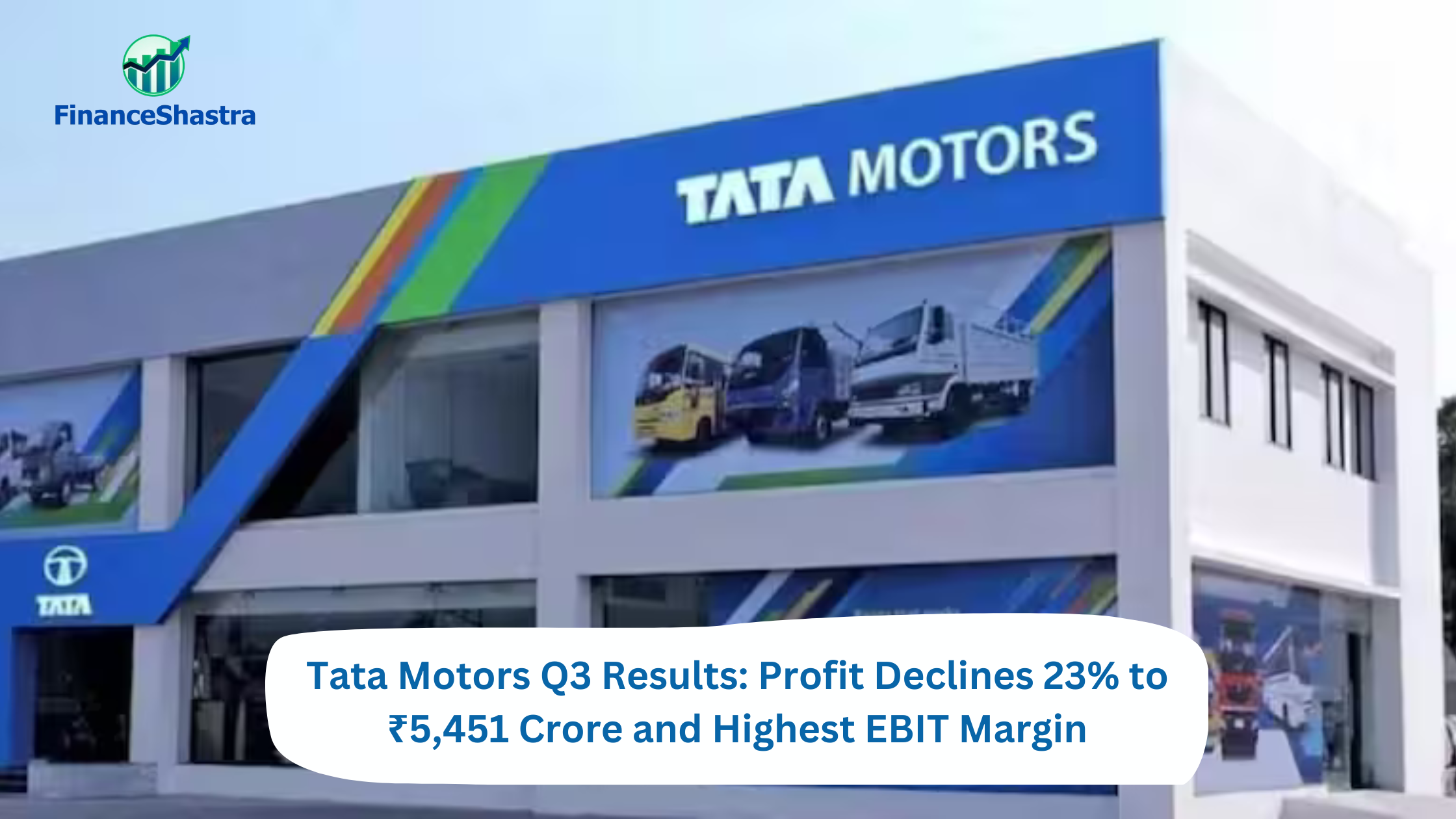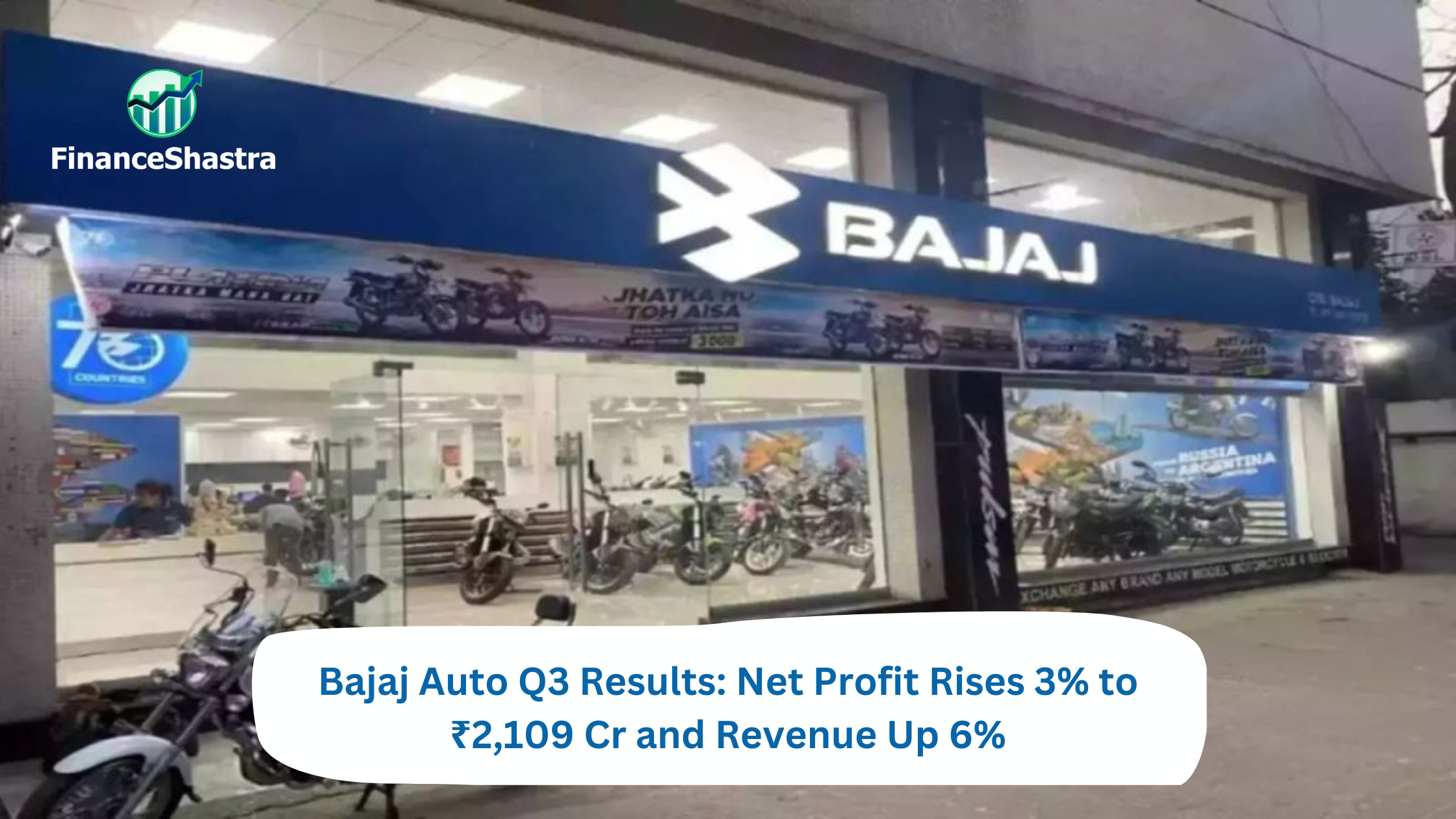Adani Enterprises Ltd Q3 FY25 Results: Revenue Decline of 8.8%, Profit Growth to ₹229 Crore
Adani Enterprises Ltd: Overview
Incorporated in 1993, Adani Enterprise Ltd. (AEL) is the flagship Company of the Adani Group and acts as the Group’s incubator for new businesses across diverse sectors. It plays a key role in infrastructure development, including energy, logistics, mining, and emerging industries such as green hydrogen and airports. AEL continues to expand its footprint through strategic investments, leveraging India’s economic growth, energy transition, and infrastructure modernization. The company operates in industries aligned with national priorities such as energy security, sustainability, and digital transformation. The Indian government’s focus on renewable energy, infrastructure development, and logistics efficiency presents significant opportunities for AEL. AEL imports coal through its established coal sourcing arrangements with coal suppliers in Indonesia, Australia, and South Africa and sells to a diversified domestic clientele. Despite regulatory challenges and global economic uncertainties, the company remains positioned for strong long-term growth due to its diversified operations and strategic business model.
Latest Stock News
Navi Mumbai Airport has successfully conducted its first commercial flight validation test, marking a significant milestone towards becoming fully operational. Additionally, during the quarter, 14 new routes, four new airlines, and nine new flights were introduced, enhancing connectivity. In the data center segment, Phase I of the Hyderabad Data Center, with a capacity of 9.6 MW, is now fully operational. Meanwhile, Noida Data Center, as well as Pune 1 & 2 (Phase I), have surpassed 50% completion, with construction nearing 99% for the 50MW core & shell and 10MW MEP. In the renewable energy sector, ANIL’s wind business has made progress with the listing of the 3.3 MW WTG model in the RLMM, bringing the total listed models to four. In solar manufacturing, module sales have reached approximately 3.3 GW over nine months, driven by a 20% growth in exports and a remarkable 176% increase in domestic sales. On the financial front, ACLLP launched an Offer-For-Sale (OFS) for approximately 19.51 crore shares at a floor price of ₹275 per share, including a base issue of 17.55 crore shares and a green shoe option of 1.96 crore shares. The company successfully sold 17.56 crore shares at an average price of ₹276.50 per share, generating net proceeds of ₹4,808 crore. As a result of this transaction, ACLLP/AEL’s stake in its joint venture Adani Wilmar Ltd. (AWL) has reduced from 43.94% to 30.42%. Consequently, Adani Enterprises Ltd.’s (AEL) consolidated PAT will reflect an impact of approximately USD 36 million (₹300 crore) from this exit.
Business Segments
- Integrate Resource Management: The mining business unit of the Adani group was established in 2007 AEL has a leading position in India in the Integrated Resources Management business wherein AEL imports coal through its established coal sourcing arrangements with coal suppliers in Indonesia, Australia, and South Africa and sells to a diversified domestic clientele.
- Mining: Operations are focused on mining business i.e. Developer & Operator (MDO – Coal & Iron Ore) and Commercial Mining (Coal) it operates several mines across India and is also developing and operating mines in Indonesia and Australia.
- Solar PV Manufacturing: Adani Solar is the largest integrated solar manufacturer in India. It has a manufacturing facility of 1.5 GW capacity along with Research and Development (R&D) facilities within an Electronic Manufacturing Cluster (EMC) facility located in Mundra Special Economic Zone (SEZ). Adani Solar’s manufacturing facility with multi-level infrastructure will be optimized for scaling up to 3.5 GW of modules and cells under a single roof
- Road Development: AEL has also operational projects under the road segment, water segment, and data centers. Road projects are being undertaken by Adani Road Transport Ltd. Under the road segment, AEL currently has 14 ongoing projects and with 5 under the Build-Operate-Transfer model, 8 under Hybrid Annuity Model, and a project under the toll-operate-transfer model. Out of the above, 1 is operational, 1 is near completion and the rest are at various stages of completion.
- Data Centers: AEL is having two water projects being undertaken by Adani Water Ltd. AEL is developing data centers under Adani Connex which is a Joint Venture between AEL and Edge Connex. In the initial phase, Adani Connex will develop data centers in Chennai, Navi Mumbai, Noida, Vizag, and Hyderabad.
- Airports: The Adani Group forayed into the airports sector in 2019, Adani Airports won the mandate to modernize and operate six airports – Ahmedabad, Lucknow, Mangaluru, Jaipur, Guwahati, and Thiruvananthapuram – through the Airports Authority of India’s globally competitive tendering process. Adani Airports will operate, manage and develop all six airports for 50 years.
Subsidiary Information
Adani Green Energy Ltd.
Adani Green Energy Ltd. (AGEL) is one of the largest renewable energy companies in India, dedicated to accelerating the transition towards sustainable and clean energy solutions. The company focuses on solar and wind power generation, with a growing portfolio of operational and under-construction projects. AGEL has aggressively expanded its renewable capacity through strategic acquisitions, public-private partnerships, and Greenfield developments.
Adani Airports Holdings Ltd.
Adani Airports Holdings Ltd. (AAHL) is the aviation arm of the Adani Group, managing and operating several major airports across India. The company oversees key airports, including Mumbai, Ahmedabad, Jaipur, Lucknow, Thiruvananthapuram, Guwahati, and Mangaluru, handling millions of passengers annually. AAHL has undertaken large-scale infrastructure modernization projects to enhance passenger experience, increase operational efficiency, and integrate cutting-edge technology in airport management.
Adani Road Transport Ltd.
Adani Road Transport Ltd. (ARTL) is committed to developing India’s road and highway infrastructure, playing a crucial role in improving connectivity and facilitating economic growth. The company specializes in constructing, operating, and maintaining expressways, highways, and major road corridors through public-private partnerships (PPP) and government contracts. With a focus on Build Operate Transfer (BOT), Hybrid Annuity Model (HAM), and Toll Operate Transfer (TOT) projects, ARTL is engaged in several high-value infrastructure initiatives across India.
AdaniConneX Pvt Ltd.
AdaniConneX Pvt Ltd. is a joint venture between Adani Enterprises Ltd. and EdgeConneX, focusing on the development of hyper-scale data centers across India. With the rapid digitalization of industries and the increasing adoption of cloud computing, AdaniConneX is building energy-efficient, secure, and scalable data centers to cater to the growing demand for digital infrastructure. The company plans to establish a 1 GW (gigawatts) data center capacity in India, supporting businesses in sectors like IT, BFSI, e-commerce, and artificial intelligence.
Adani Wilmar Ltd.
Adani Wilmar Ltd. (AWL) is one of India’s leading fast-moving consumer goods (FMCG) companies, primarily engaged in the production and distribution of edible oils, food products, and essential consumer goods. The company markets its products under the well-known “Fortune” brand, which has become a household name in India. AWL’s product portfolio includes edible oils, pulses, rice, wheat flour, sugar, ready-to-eat foods, and personal care products. With an extensive supply chain and distribution network, AWL has established itself as a dominant player in India’s food industry.
Q3 FY25 Earnings
- Revenue of ₹22848 crore in Q3 FY25 down by 8.8% YoY from ₹25050 crore in Q3 FY24.
- EBITDA of ₹3070 crore in this quarter at a margin of 13% compared to 13% in Q3 FY24.
- Profit of ₹229 crore in this quarter compared to a ₹1973 crore profit in Q3 FY24.
Financial Summary
| Amount in ₹ Cr | Q3 FY24 | Q3 FY25 | FY23 | FY24 |
| Revenue | 25050 | 22848 | 127540 | 96421 |
| Expenses | 21824 | 19778 | 118722 | 85044 |
| EBITDA | 3226 | 3070 | 8818 | 11377 |
| OPM | 13% | 13% | 7% | 12% |
| Other Income | 491 | 648 | 834 | 1146 |
| Net Profit | 1973 | 229 | 2422 | 3335 |
| NPM | 7.9% | 0.1% | 0.2% | 3.5% |
| EPS | 16.6 | 0.5 | 21.6 | 28.4 |

